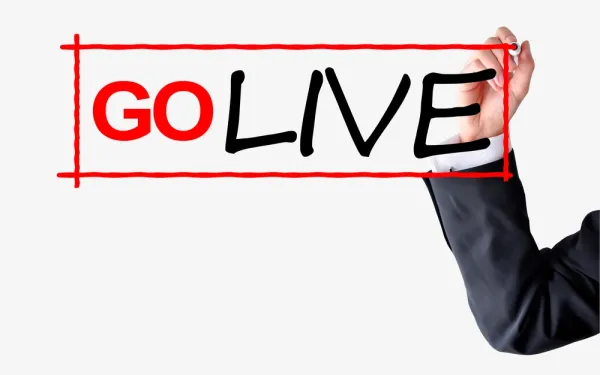Outpatient Facility Coding Alert
Know the Diagnosis Codes That Support 31575
Question: Which diagnosis codes support 31575?
Ohio Subscriber
Answer: Medical policies differ regarding diagnoses that support performing 31575 (Laryngoscopy, flexible fiberoptic; diagnostic). But some indications for 31575 may be:
- Airway obstruction (chronic, 496; NEC, 519.8)
- Aspiration, chronic (507.0, Pneumonitis due to inhalation of food or vomitus)
- Cough, chronic (786.2)
- Dysphagia (787.2x)
- Dyspnea (786.09).
You may use the ICD-9 code associated with the indication for the E/M service (such as 99201-99215, Office or other outpatient visit...) and, when available, link the definitive diagnosis to the scope (31575) to help show medical necessity.
Example: An established patient presents complaining of hoarseness (784.42). The physician performs and documents a history, exam, and medical decision-making. Based on his findings, he decides a laryngoscopy is necessary and separately documents the procedure. The scope reveals a polyp (478.4, Polyp of vocal cord or larynx). Because the physician performed a separate history, exam, and medical decision-making from that included in the laryngoscopy, the visit meets modifier 25’s definition (Significant, separately identifiable E/M service by the same physician on the same day of the procedure or other service).
Therefore, you should report 9921x-25 (Office or other outpatient visit for evaluation and management of an established patient ...) in addition to 31575. Link the E/M to 784.42, and link the scope to 478.4. You don’t technically need a separate diagnosis to bill 9921x-25. But two ICD-9 codes help substantiate the E/M’s significant and separate nature.
Error averted: The physician should not include any of his laryngoscopy findings in the exam. He should choose a reasonable E/M level in which none of the larynx exam’s content goes into the E/M’s exam. There should be no double counting. Each exam must stand on its own. However, if the physician documents the failed attempt to exam the larynx and surrounding structures in the exam and also documents the decision to perform the flexible scope, you could count the bullets for the failed attempts in the exam -- separate from the laryngoscopy note.
Related Articles
Outpatient Facility Coding Alert
- Clear Your Confusion over Common Coding Instructions for Drug Administration
Read the following three common confusing scenarios to built rightful claims. CMS and the AMA [...] - Reimbursement:
Deal With Your Denials in the Right Way
Understand the different level of appeals and prepare your claims! You don’t need to fret [...] - ICD-10 Transition:
Assess How Ready You Are With the Available Test Preps
Make use of Medicare’s hand holding end-to-end testing opportunity. Are you aware of some testing [...] - Reader's Question:
Report 42227 for Lengthening of Palate
Question: The provider often gives us unlisted codes which makes it difficult to get paid. Following [...] - Reader's Question:
Code 11420 and 11422 Separately for Excision
Question: Our surgeon diagnosed a patient with a verruca formation on the right middle finger, dorsal [...] - Reader's Question:
Rely on 57415 for Foreign Body Removal
Question: Which code should be used for foreign removal body from the vaginal canal? New Mexico [...] - Reader's Question:
Go Ahead and Bill EEG With Hospital Visit
Question: Medicare denied our bill for an EEG when our physician read one in addition to [...] - You Be the Coder:
Know the Diagnosis Codes That Support 31575
Question: Which diagnosis codes support 31575? Ohio Subscriber Answer: Medical policies differ regarding diagnoses that support performing [...]




